In an era where mobile apps saturate the market, standing out in 2024 requires more than just a great idea; it demands a robust marketing strategy. For developers and marketers alike, understanding and implementing effective app marketing strategies is no longer optional—it’s critical for success. In this article, you will learn:
- The latest trends in app marketing for 2024.
- Key strategies to maximize app visibility and user engagement.
- How to effectively measure and adapt your marketing efforts for success.
As we delve into the top 10 app marketing strategies, prepare to gain insights that could set your app apart in a crowded digital landscape.
Statistics of Amazing App Marketing Strategies That’ll Amaze You
- High Conversion Rates Through Video Marketing: Apps that use video in their marketing strategies see an increase in conversion rates by up to 80%. This underscores the power of visual storytelling in engaging potential users (Source: HubSpot, 2023).
- Influencer Marketing ROI: For every dollar spent on influencer marketing, businesses are seeing an average return of $5.78. This statistic highlights the effectiveness of influencer collaborations in reaching new audiences (Source: Influencer Marketing Hub, 2023).
- The Power of Personalization: Personalized app experiences can increase user engagement by over 40%. Personalization, driven by user data and behavior, significantly enhances user satisfaction and retention (Source: Epsilon, 2023).
- Impact of Positive Reviews on App Downloads: Apps with higher ratings (above 4 stars) experience a download rate increase by up to 50%. User reviews and ratings play a crucial role in the perceived credibility and quality of an app (Source: Apptentive, 2023).
- Email Marketing Effectiveness: Email marketing campaigns specifically tailored for app promotion have an average open rate of 21.8%, demonstrating their effectiveness in maintaining user engagement and driving app usage (Source: Campaign Monitor, 2023).
Understanding the App Market in 2024
The app market in 2024 is a dynamic and highly competitive arena, marked by rapid technological advancements and evolving user preferences. With millions of apps vying for attention, the key to standing out lies in not just developing a great app, but also in adeptly navigating this ever-changing landscape. This year, we’re seeing a shift towards more personalized user experiences, an increased emphasis on privacy and security, and the growing influence of AI and machine learning in shaping user interactions.
To effectively market an app in this environment, it’s essential to stay informed about these trends and understand how they affect user expectations and behaviors. This knowledge forms the foundation for devising marketing strategies that resonate with your target audience, ensuring your app not only launches successfully but also sustains its presence in the market.
Do you know? How Much Does Pinterest Like App Development Cost?
Top 10 App Marketing Strategies for a Successful Launch
Launching a new app in today’s competitive digital landscape requires more than just a great idea; it necessitates a robust marketing strategy. Discover the top 10 app marketing strategies that can propel your app to success from the moment it hits the market.
Strategy 1: Leveraging Social Media Platforms
In 2024, social media remains a powerhouse for app marketing, offering unparalleled reach and engagement. Platforms like TikTok, Instagram, and LinkedIn have evolved, offering more sophisticated tools for targeting and analytics. Here, the focus is on creating platform-specific strategies that resonate with distinct user communities.
For example, TikTok, with its vast, predominantly younger audience, is ideal for viral marketing campaigns and creative, short-form content. Instagram, known for its visual appeal, works best for showcasing the app’s interface and user experiences through Stories and Reels. LinkedIn, catering to professionals, is perfect for best B2B apps, providing opportunities for networking and thought leadership.
Tailoring content to each platform’s unique strengths and audience preferences is key. It’s not just about being present on these platforms, but about crafting messages that are likely to be shared, liked, and saved, thereby increasing the app’s visibility and appeal.
Must Read: Dedicated Developers vs. Freelancers: Which One Should Your Hire?
Strategy 2: Influencer Collaborations
In 2024, influencer collaborations continue to be a vital part of app marketing strategies. Partnering with influencers can exponentially increase your app’s reach, lending credibility and tapping into established audiences. The key is to identify influencers who align with your app’s values and have an engaged audience relevant to your target market.
This strategy goes beyond just celebrity endorsements. Micro-influencers, with smaller but highly dedicated followers, can often yield better engagement rates and more authentic promotion. When collaborating, it’s crucial to allow influencers creative freedom, as their audiences trust their unique voice and style.
A successful influencer collaboration should feel organic, with the influencer seamlessly integrating the app into their content, whether it’s through a tutorial, a review, or a story about how the app fits into their lifestyle. This authenticity resonates with the audience, fostering trust and interest in your app.
For you! Top AR & VR Trends to Transform E-commerce in 2024
Strategy 3: SEO Optimization for App Stores
In the crowded digital landscape of 2024, SEO optimization for app stores has become more crucial than ever. It’s not just about having a great app; it’s about making sure your target audience can find it. App Store Optimization (ASO) involves optimizing your app’s listing with keywords, compelling descriptions, and engaging visuals to improve its visibility in app store search results.
Start by researching keywords that are relevant and have high search volumes but low competition. These keywords should be strategically placed in your app’s title, description, and even in the updates section. Remember, it’s not just about stuffing keywords; it’s about creating a narrative that appeals to your audience while integrating these keywords seamlessly.
Screenshots, videos, and graphics play a vital role too. They should showcase the best features of your app, its user interface, and provide a glimpse into the user experience. Regularly updating your app’s listing with new features and improvements can also boost its ranking, as it shows continued development and responsiveness to user needs.
ASO is an ongoing process, requiring continuous adjustments and testing to see what resonates best with the audience and enhances your app’s discoverability.
Also read: How Much Does it Cost to Develop a React Native App?
Strategy 4: User-Friendly Onboarding Experience
A user-friendly onboarding experience is crucial for app retention in 2024. The first interaction a user has with your app can make or break their long-term engagement. This strategy focuses on creating an intuitive, helpful, and engaging onboarding process that guides users through the app’s features and functionalities.
Simplicity is key. Avoid overwhelming new users with too much information at once. Instead, opt for a step-by-step approach that highlights core functionalities and offers guidance as needed. Personalization can significantly enhance the onboarding experience. For instance, using data to tailor the onboarding process based on the user’s preferences or behavior can create a more relevant and engaging introduction to the app.
Interactive elements like walkthroughs, tutorials, and tooltips can facilitate a better understanding of the app. Gamification elements such as rewards for completing onboarding steps can also increase user engagement and motivation.
Remember, the goal of onboarding is not just to introduce the app but to integrate it into the user’s daily routine, making it an indispensable tool or source of entertainment.
Strategy 5: Content Marketing and Storytelling
In 2024, content marketing and storytelling are more than just buzzwords; they are essential components of a successful app marketing strategy. This approach involves crafting and sharing engaging, informative content that tells the story of your app in a way that resonates with your target audience.
The key here is to create content that adds value to your audience’s lives, whether it’s through educational blog posts, entertaining videos, insightful infographics, or compelling case studies. This content should not only highlight the features and benefits of your app but also address the problems and needs of your audience, positioning your app as a solution.
Storytelling plays a crucial role in humanizing your app. Share stories about the development process, the challenges you’ve overcome, customer success stories, or how your app impacts the community. These stories help build an emotional connection with your audience, fostering loyalty and advocacy.
Effective content marketing isn’t just about creating great content; it’s also about distributing it through the right channels to reach your audience. This might include your app’s blog, social media platforms, email newsletters, and partnerships with other websites or influencers.
If you want to Importance of UI/UX Design in Mobile Apps Development
Strategy 6: Data-Driven Personalization
In the digital age of 2024, data-driven personalization has become a cornerstone of effective app marketing. This strategy revolves around using data and analytics to tailor your marketing efforts to individual users, creating a more personalized and relevant experience that drives engagement and loyalty.
The process begins with collecting data on user behaviors, preferences, and interactions with your app. This can include data on how users navigate your app, the features they use most, their geographic location, and even the times they are most active. The goal is to gain insights into what your users want and how they interact with your app.
Armed with this data, you can personalize various aspects of your marketing. This could mean customizing push notifications, personalizing email marketing campaigns, or even tailoring the content within the app itself to align with user preferences. For example, if a user frequently uses a particular feature of your app, you might highlight related features or content.
Personalization extends beyond just the app experience. It includes how you communicate with your audience, such as segmenting your email list based on user interests or behaviors and sending targeted messages that speak directly to those segments.
Remember, the key to successful data-driven personalization is to use the insights respectfully and constructively, always prioritizing user privacy and data security.
Also Read: How Much Does It Cost To Build a Web3 Game?
Strategy 7: Paid Advertising Campaigns
In 2024, paid advertising campaigns continue to be a powerful tool for app marketing, offering targeted and measurable ways to reach potential users. This strategy involves leveraging various platforms like social media, search engines, and other digital channels to place paid ads that drive app downloads and engagement.
The effectiveness of paid advertising lies in its ability to target specific demographics, interests, behaviors, and even locations. Platforms like Facebook, Google, and Twitter offer sophisticated targeting options that allow you to reach the audience most likely to be interested in your app. For instance, you can target users who have shown interest in similar apps or those who frequently engage with related topics.
Creativity in ad design and messaging is crucial. Your ads should be eye-catching and clearly convey the unique value proposition of your app. Video ads, in particular, can be highly effective in demonstrating the app’s functionality and user experience.
Another critical aspect is to continuously monitor and optimize your ad campaigns. Analyzing performance data helps in refining your targeting, adjusting your budget, and tweaking your ad creatives for better results. Remember, the goal is not just to attract users but to attract the right users – those who will engage with and become loyal to your app.
Must read: How Much Does Pinterest Advertising Cost in 2024?
Strategy 8: Building an Email List
In the ever-evolving digital landscape of 2024, building an email list remains a timeless and effective strategy for app marketing. This approach involves collecting email addresses from potential and current users to establish a direct line of communication, allowing for personalized and targeted marketing efforts.
The first step is to incentivize users to sign up for your email list. This can be achieved through various methods such as offering exclusive content, discounts, early access to new features, or valuable insights related to the app’s purpose. Ensure the sign-up process is straightforward and respects user privacy and data protection regulations.
Once you have built your email list, the key is to engage with your audience regularly. This could be through newsletters, updates about new features, tips on getting the most out of your app, or stories about how your app is making a difference. Personalization is crucial here as well; segmenting your email list based on user behavior and preferences can lead to more effective and relevant communication.
Email marketing is not just about promoting your app; it’s about building a relationship with your audience. It’s an opportunity to provide value, gather feedback, and keep your users informed and engaged with your app over time.
Also read: How Much Does It Cost to Develop An App Like Uber in 2024?
Strategy 9: Customer Feedback and Community Building
In 2024, customer feedback and community building are integral to successful app marketing. This strategy revolves around engaging with your users, understanding their needs and preferences, and fostering a sense of community around your app.
Encouraging and actively seeking customer feedback is crucial. This can be through in-app surveys, feedback forms, or direct communication channels like social media and email. Paying attention to what users say about your app, both the positive and the negative, provides invaluable insights that can guide future updates and improvements.
Building a community around your app can significantly boost loyalty and advocacy. This could involve creating online forums, social media groups, or hosting virtual events where users can connect with each other and your team. A strong community not only provides support and feedback but also acts as a powerful marketing tool, as engaged users are more likely to recommend your app to others.
Remember, successful community building is based on genuine engagement and providing value. It’s about creating a space where users feel heard, supported, and part of something larger than just an app.
Strategy 10: Continuous Analysis and Adaptation
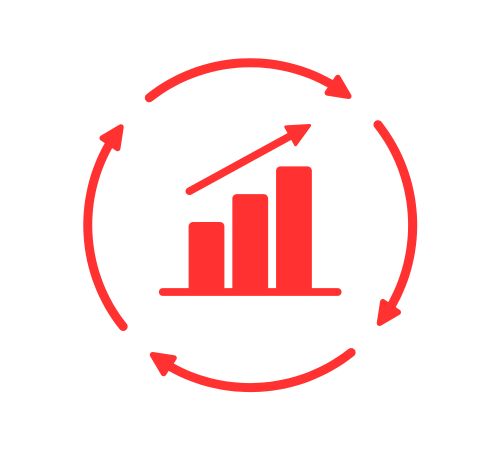
In the fast-paced world of app marketing in 2024, continuous analysis and adaptation are essential for sustained success. This strategy emphasizes the importance of regularly reviewing marketing data and being flexible enough to adjust strategies based on that analysis.
Regular analysis of key metrics such as user acquisition, engagement rates, retention, and conversion is vital. Tools like Google Analytics, app store analytics, and social media insights provide a wealth of data that can help you understand how users are interacting with your app and your marketing efforts.
It’s not just about collecting data, but also about interpreting it correctly and turning those insights into actionable strategies. For instance, if you notice a drop in user engagement, it might be time to refresh your content strategy or introduce new features to rekindle interest.
The digital landscape is constantly evolving, and so are user preferences and behaviors. Therefore, staying agile and ready to pivot your marketing strategy is crucial. This might involve experimenting with new marketing channels, adopting the latest technologies, or revising your messaging to align with emerging trends.
In essence, continuous analysis and adaptation mean staying on your toes, learning from your successes and failures, and always striving to improve your app’s reach and appeal.
Do you know? How Much Does It Cost to Develop a WordPress Website?
Final Words
We’ve journeyed through the top 10 app marketing strategies essential for a successful launch, each offering unique insights and tools to elevate your app in a competitive marketplace. From leveraging social media platforms and influencer collaborations to embracing data-driven personalization and continuous analysis, these strategies are designed to maximize your app’s visibility, engage users effectively, and adapt to the ever-evolving digital landscape.
As you embark on your app marketing journey, consider delving deeper into the world of advanced analytics tools. These tools can offer even more nuanced insights into user behavior and campaign performance, helping you fine-tune your strategies for even greater success. The digital world is your oyster, and with the right strategies, your app can not only launch successfully but continue to thrive in upcoming year and beyond.


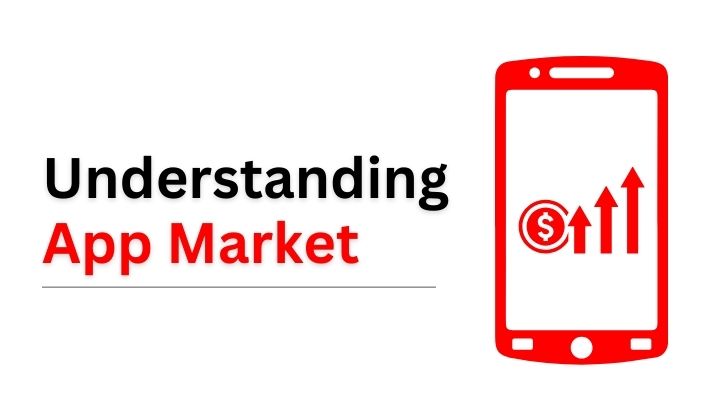
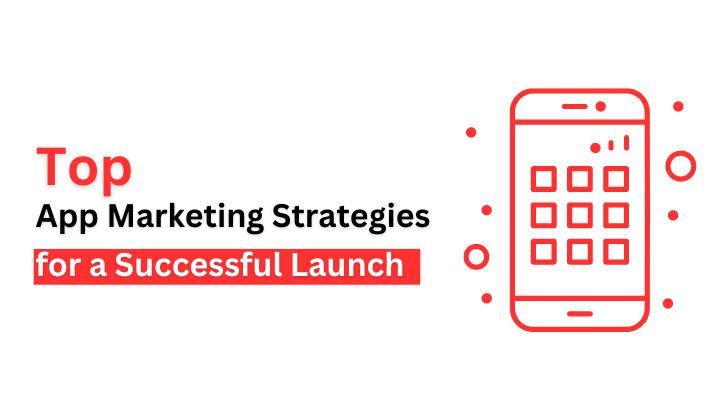


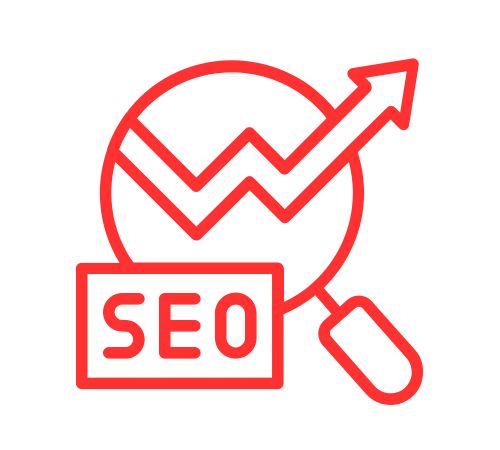

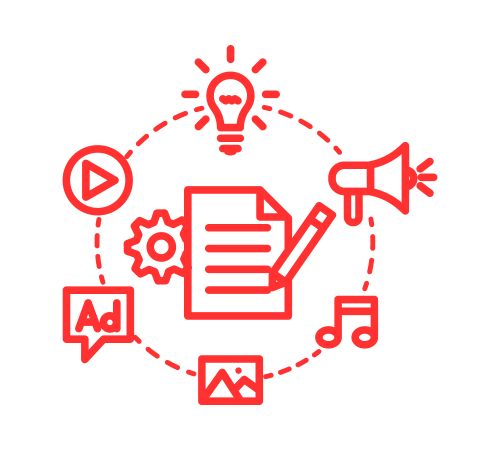


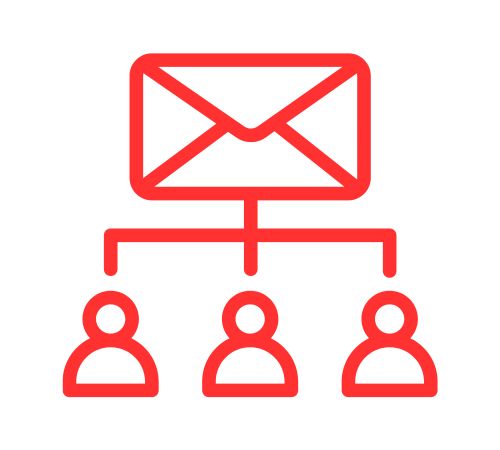



Pingback: How Much Does Pinterest Like App Development Cost? 2024
Pingback: Top 10 Benefits of Church Management Software
puravive reviews
January 28, 2024 at 3:32 amI loved even more than you will get done right here. The picture is nice, and your writing is stylish, but you seem to be rushing through it, and I think you should give it again soon. I’ll probably do that again and again if you protect this hike.
nyafffairs
January 29, 2024 at 5:57 pmWonderful beat I wish to apprentice while you amend your web site how could i subscribe for a blog web site The account aided me a acceptable deal I had been a little bit acquainted of this your broadcast provided bright clear idea
Inscription sur www.binance.com
March 10, 2024 at 7:02 pmThank you for your sharing. I am worried that I lack creative ideas. It is your article that makes me full of hope. Thank you. But, I have a question, can you help me?